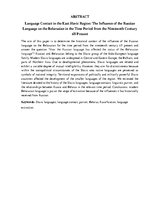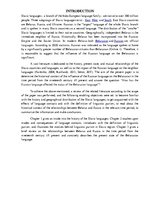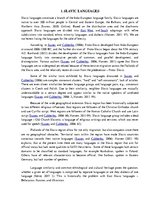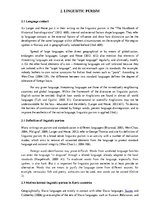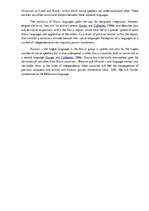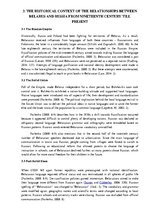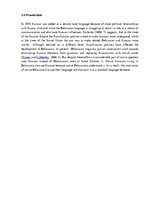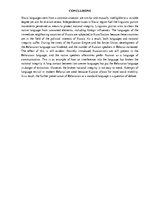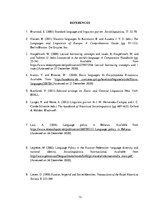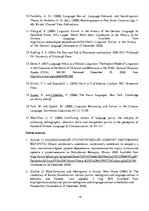-
Language Contact In The East Slavic Region
Novērtēts!
| Nr. | Sadaļas nosaukums | Lpp. |
| 1. | Slavic languages | 6 |
| 2. | Linguistic purism | 7 |
| 2.1 | Language contact | 7 |
| 2.2 | Definition of linguistic purism | 7 |
| 2.3 | Motives behind linguistic purism in slavic countries | 7 |
| 3. | The historical context of the relationships between Belarus and Russia from nineteenth century till present | 9 |
| 3.1 | The Russian Empire | 9 |
| 3.2 | The Soviet Union | 9 |
| 3.3 | Post-Soviet times | 9 |
| 3.4 | Present state | 10 |
| Conclusions | 11 | |
| Theses | 12 | |
| References | 13 |
Slavic languages - a branch of the Indo-European language family - are native to over 300 million people. Three subgroups of Slavic languages exist - East, West, and South. East Slavic countries are Belarus, Russia, and Ukraine. Russian is the “largest” language of the whole Slavic branch and is spoken in many Slavic countries as a second language. The distribution of the “smaller” Slavic languages is limited to their native countries. Geographically, independent Belarus is the immediate neighbor of Russia. Historically, Belarus has been incorporated into the Russian Empire and the Soviet Union. In modern Belarus both Belarusian and Russian are official languages. According to 2020 statistics, Russian was indicated as the language spoken at home by a significantly greater number of Belarusian citizens than Belarusian (Online 1). Therefore, it is reasonable to suggest that the influence of the Russian language on the Belarusian is significant.…
Language contact in the east slavic region: the influence of the russian language on the belarusian in the time period from the nineteenth century till present.



